A dangerous combination
Millions of Americans take herbal remedies for ailments ranging from high cholesterol to depression. Though widely viewed as safe, these products can cause serious interactions in people taking prescription drugs for heart problems.
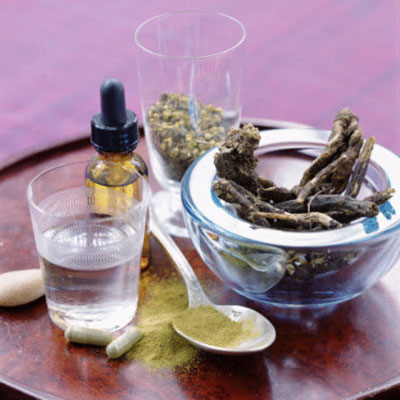
A 2010 report by Mayo Clinic researchers listed more than 25 herbal products that can be dangerous for heart patients on medication. The following guide to herbal products that heart patients should avoid was prepared using data from the report, as well as from the National Institutes for Health and the Natural Standard Research Collaboration.
Garlic
What it is: A member of the onion family, available commercially as an oil, extract, or pill (in addition to its natural state).
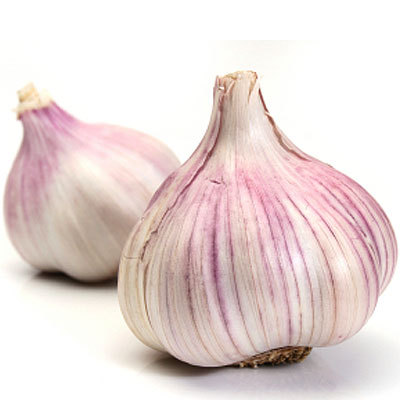
What it’s used for: To lower total and LDL (bad) cholesterol, as well as blood pressure. Also used as a blood thinner and to combat atherosclerosis.
The risk: Garlic’s blood-thinning properties can increase the risk of bleeding associated with warfarin, an anti-clotting drug commonly prescribed to people with heart-rhythm disorders, and to people who have had heart attacks or heart-valve replacements.
Saw palmetto
What it is: The fruit of the palmetto tree (a type of palm tree), available as a capsule, liquid, or tea.

What it’s used for: Primarily used to fight the urinary problems caused by an enlarged prostate gland, saw palmetto is also used to combat hair loss, chronic pelvic pain, and decreased sex drive.
The risk: Increases the risk of bleeding associated with warfarin.
Gingko
What it is: The extract of the leaves of the ginkgo plant (also known as the maidenhair tree), sold as a capsule or tea.
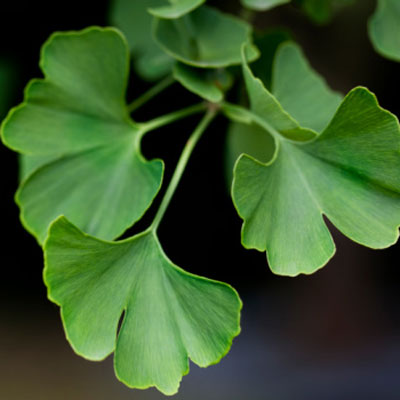
What it’s used for: Ginkgo is mainly used to improve memory and prevent dementia (including Alzheimer’s disease), but it has also been used to treat asthma, ringing in the ears, sexual dysfunction, and leg pain caused by poor circulation.
The risk: Increases the risk of bleeding associated with aspirin and warfarin.
Echinacea
What it is: The roots and herb of the echinacea plant, dried or extracted and sold as a capsule, tea, or juice.
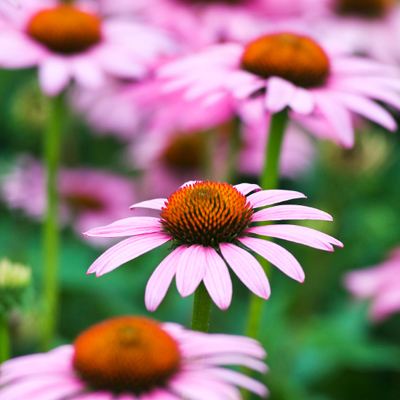
The risk: Can increase the risk of liver damage associated with statin medications, niacin, and fibrates, all of which are prescribed to lower cholesterol.
St. John's wort
What it is: A yellow-flowered plant, Hypericum perforatum, that is sold as a capsule, tea, or liquid extract.
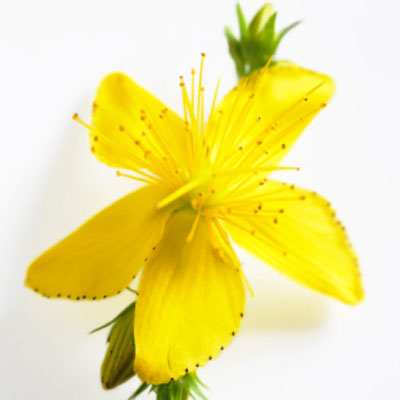
What it’s used for: Primarily used to treat depression and anxiety, St. John’s wort is also used as a sedative in sleep disorders.
The risk: Affects how the body absorbs dozens of prescription medications and may diminish the efficacy of statins, beta-blockers (a class of drugs used to treat high blood pressure and heart-rhythm disorders), and calcium-channel blockers.
Green Tea
What it is: The leaves of the Camellia sinensis plant. Usually steeped in water, but also available as a capsule or extract.

What it’s used for: To lose weight, improve mental alertness, lower cholesterol, and prevent cancer.
The risk: Green tea contains vitamin K, which can counteract the effect of warfarin.
Alfalfa
What it is: A plant in the pea family, the dried leaves of which are ground up and sold as capsules.

What it's used for: To lower total and LDL (bad) cholesterol, and to reduce the plaques caused by atherosclerosis.
The risk: Increases the risk of bleeding associated with warfarin.
Ginger
What it is: A root, often used in cooking, that is also processed and sold as a capsule.
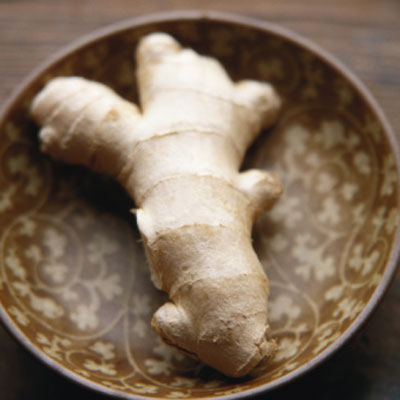
What it’s used for: Ginger has been used for centuries to treat various stomach ailments (such as nausea, diarrhea, and stomachache). It is also used to treat joint and muscle pain.
The risk: Increases the risk of bleeding associated with warfarin.
Billberry
What it is: The dried extract of the bilberry fruit, which is very similar to the blueberry. Sold as a capsule.
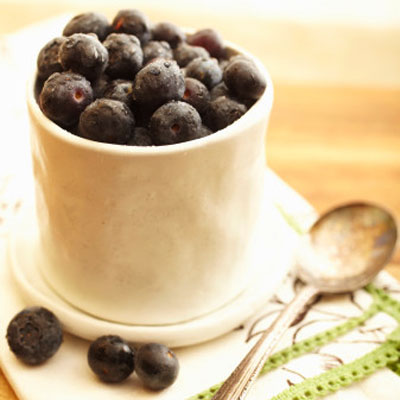
What it’s used for: Bilberry is used to treat problems associated with poor circulation, most notably varicose veins and venous insufficiency, in addition to diarrhea, skin problems, eyestrain, and menstrual cramps.
The risk: Bilberry may improve blood circulation, but it can also increase the risk of bleeding associated with warfarin.
Fenugreek
What it is: A seed (often ground into a powder) that has been used since the days of ancient Egypt and is available in capsule form.

What it’s used for: Fenugreek has been used for a wide range of ailments, including digestive problems, hot flashes, and a lack of breast milk. More recently, it has also been used to lower cholesterol.
The risk: Increases the risk of bleeding associated with warfarin. Fenugreek can also lower blood sugar, which can cause complications for diabetics.
Ginseng
What it is: An herb, native to Asia, that has been used in traditional medicine for centuries and is now sold as a capsule.
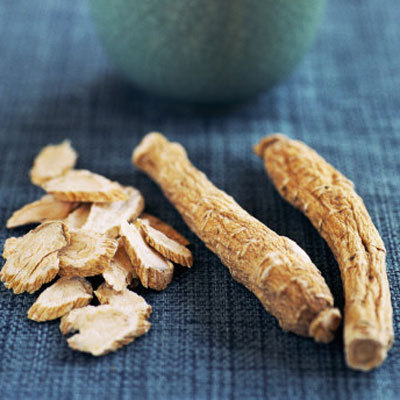
The risk: When overused, ginseng can actually increase blood pressure and can diminish the effect of warfarin.
Grapefruit juice
What it is: The juice cartons in the supermarket, right next to the orange juice.

What it’s used for: To lose weight and to promote heart health.
The risk: Grapefruit juice interferes with an enzyme that is essential for properly absorbing medications including statins and calcium-channel blockers, which intensifies the effect of those drugs. A single glass of grapefruit juice more than doubles the amount of calcium-channel blocker available to the body, research has shown.
Aloe Vera
What it is: The pulp of the aloe vera plant.
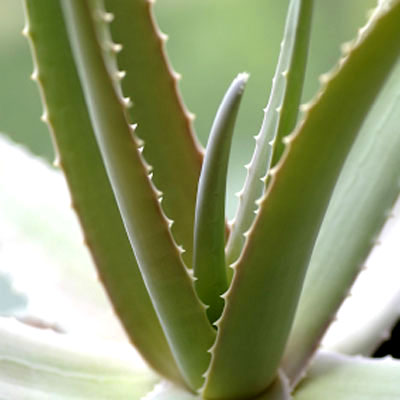
What it’s used for: In addition to its familiar use as a lotion and salve, aloe is taken orally to treat serious health conditions including arthritis, epilepsy, diabetes, and asthma.
The risk: Aloe vera can cause a drop in the blood’s potassium level, which in turn can lead to heart-rhythm problems (arrhythmias), as well as complications in heart patients taking the drug digoxin.
Black cohosh
What it is: The extract of the root of the black cohosh plant, Actaea racemosa. Sold as a capsule.

The risk: Like St. John’s wort, black cohosh may interfere with certain prescription medications, including statins, beta-blockers, and calcium-channel blockers. It also carries a risk of liver damage.
Hawthorn
What it is: A flowering shrub related to the rosebush.
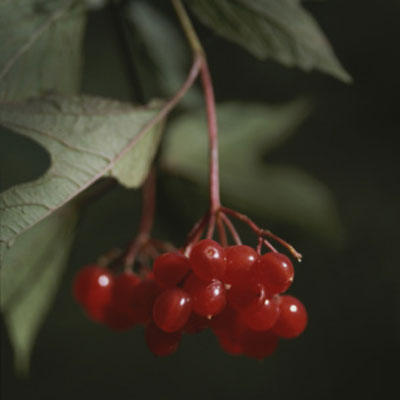
What it’s used for: The fruit of the hawthorn shrub has been used to treat the symptoms of heart disease for hundreds of years, while the leaf and flower are also used to treat heart failure.
The risk: Hawthorn has been shown to strengthen the contractions of heart muscle, which may interact negatively with prescription heart-failure medications.
Yohimbe
What it is: An extract of the bark of the Pausinystalia yohimbe tree (also known as yohimbine or yohimbe bark).

The risk: Yohimbe increases heart rate, and can both raise and lower blood pressure, potentially causing complications in people with heart problems.
Licorice root
What it is: The dried extract of the root of the licorice plant, sold as a capsule.
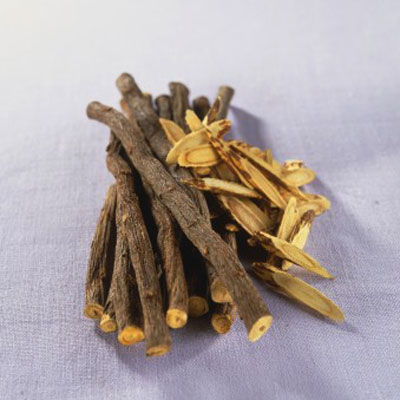
What it’s used for: Licorice root is used to treat ulcers and other stomach ailments, bronchitis and sore throat, and some viral infections.
The risk: It can raise blood pressure. Like aloe vera, it can also cause a dangerous drop in blood potassium levels.
Butcher's broom
What it is: The extract of the shrub Ruscus aculeatus, also known as butcher’s broom. Sold as a capsule.
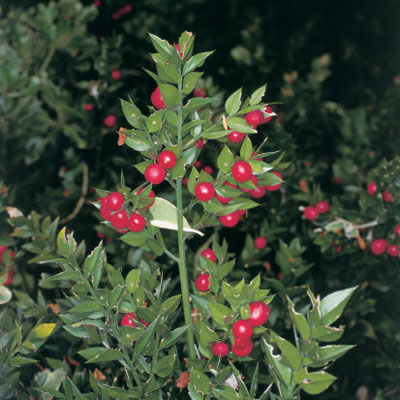
What it’s used for: To improve ailments associated with poor circulation, such as varicose veins, venous insufficiency, and leg cramps.
The risk: Butcher’s broom can interfere with the action of alpha-blockers, a class of drug that is prescribed to lower blood pressure.
And many more...
These aren't the only herbal products heart patients should be wary of.
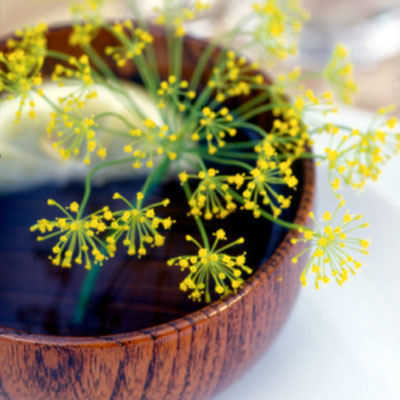
In addition to the products pictured, angelica, capsicum, fumitory, gossypol, Irish moss, kelp, khella, lily of the valley, ephedra, night-blooming cereus, oleander, and strophanthus can all interact negatively with heart medications.
Heart patients taking medication—and everybody else, for that matter—should check with their physician before taking a dietary supplement.
From:

No comments:
Post a Comment